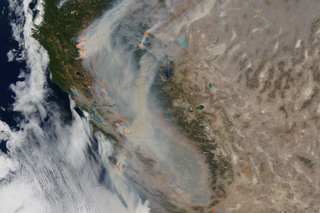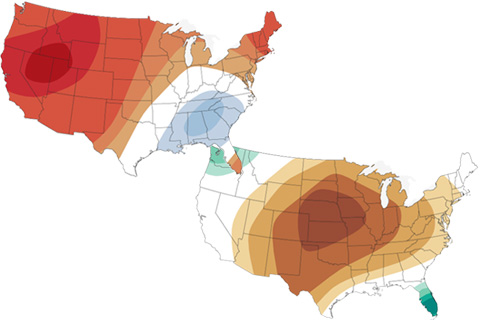
The latest maps from NOAA's Climate Prediction Center show where October 2020 is forecast to be much hotter and drier than average in the U.S. It's not a great outlook for the wildfire-affected West.
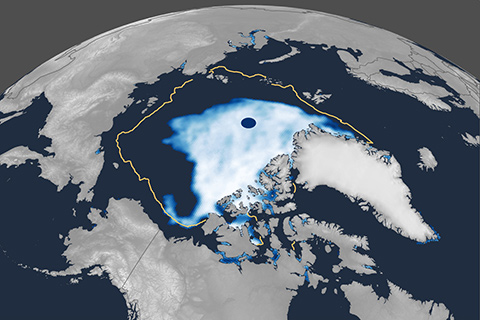
Arctic sea ice extent likely reached its annual minimum for 2020 on September 15. For the second time in the satellite record, sea ice extent dipped below 1.5 million square miles (4 million square kilometers).
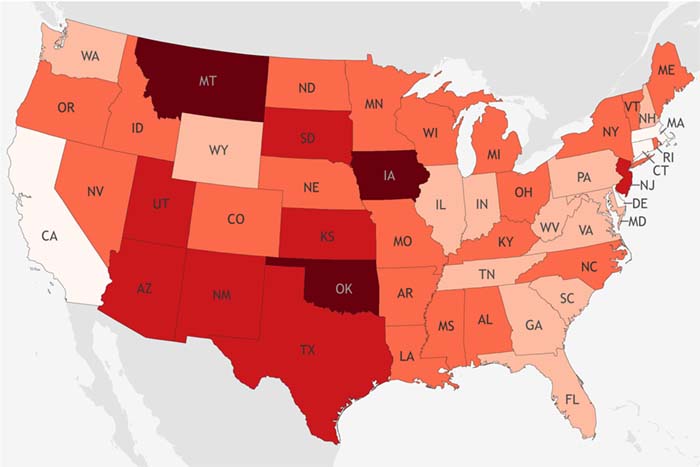
A new NOAA-funded index scores U.S. states' long-term vulnerability to drought, based on a combination of sensitivity, exposure, and their ability to adapt.
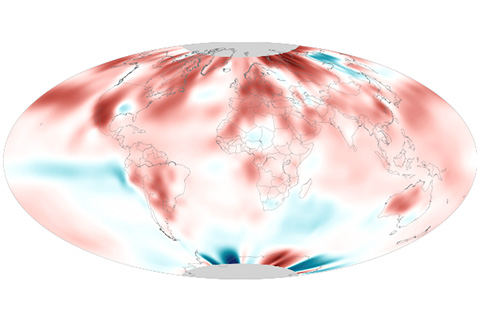
August 2020 was the second-hottest August on record, and it ended the hottest summer on record for the Northern Hemisphere.
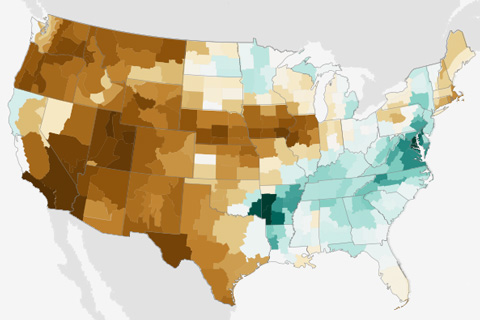
Extreme heat in the U.S. Southwest carried August 2020 into the record books as the country’s third-warmest August in the 126-year record. Despite heavy rain from landfalling tropical cyclones, national average precipitation was in the driest third of the record.

The September 2020 temperature and precipitation outlook favors a warmer- and drier-than-average September across the western United States, and a wetter-than-average month across the south-central Plains and much of the East.

A Colorado summer: Drought, wildfires and smoke in 2020
August 20, 2020
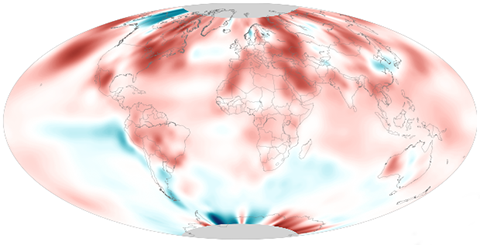
July 2020 was the second-warmest July on record for the globe, as 2020 continues its scorching path to one of the hottest years on record.
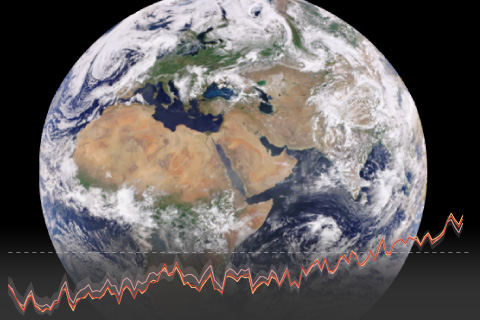
Record-high sea level, noteworthy extreme weather, and rising levels of carbon dioxide in the atmosphere and oceans are just a few of the hundreds of highlights from Earth's annual checkup.
